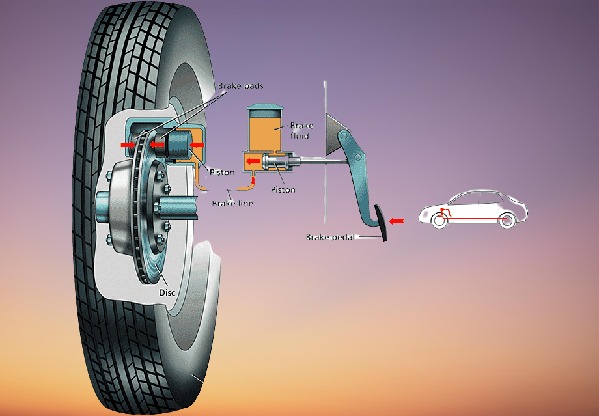An Anti-Lock Braking System (ABS) is a safety feature in modern vehicles designed to prevent wheel lockup during braking. When a driver applies brakes in an emergency or hard braking situation, there is a risk that the wheels may lock up, leading to skidding and loss of steering control. ABS helps to overcome this issue by modulating brake pressure.

ABS is an important safety feature, especially in emergency braking situations or adverse road conditions. It has become a standard feature in most modern vehicles and is part of a broader set of safety systems collectively known as Electronic Stability Control (ESC). ESC combines ABS with traction control and other technologies to enhance vehicle stability and control in various driving conditions.
Car Care: How to take care of your car during Winter? Pro tips
How ABS generally works?
- Wheel Speed Sensors: ABS relies on wheel speed sensors attached to each wheel. These sensors monitor the speed of each wheel.
- Electronic Control Unit (ECU): The data from the wheel speed sensors is sent to an Electronic Control Unit, which is essentially a computer that continuously analyzes this information.
- Modulation of Brake Pressure: If the system detects that a wheel is about to lock up (slowing down too quickly), the ABS system modulates brake pressure. It momentarily releases and reapplies the brakes, preventing the wheel from locking up.
- Pulsating Brakes: As a result, the brakes pulse rapidly, allowing the tire to maintain traction with the road surface. This pulsating action is often felt as a vibration in the brake pedal.
- Maintaining Steering Control: By preventing wheel lockup, ABS helps the driver maintain steering control during hard braking, improving overall vehicle stability and reducing the likelihood of skidding.

